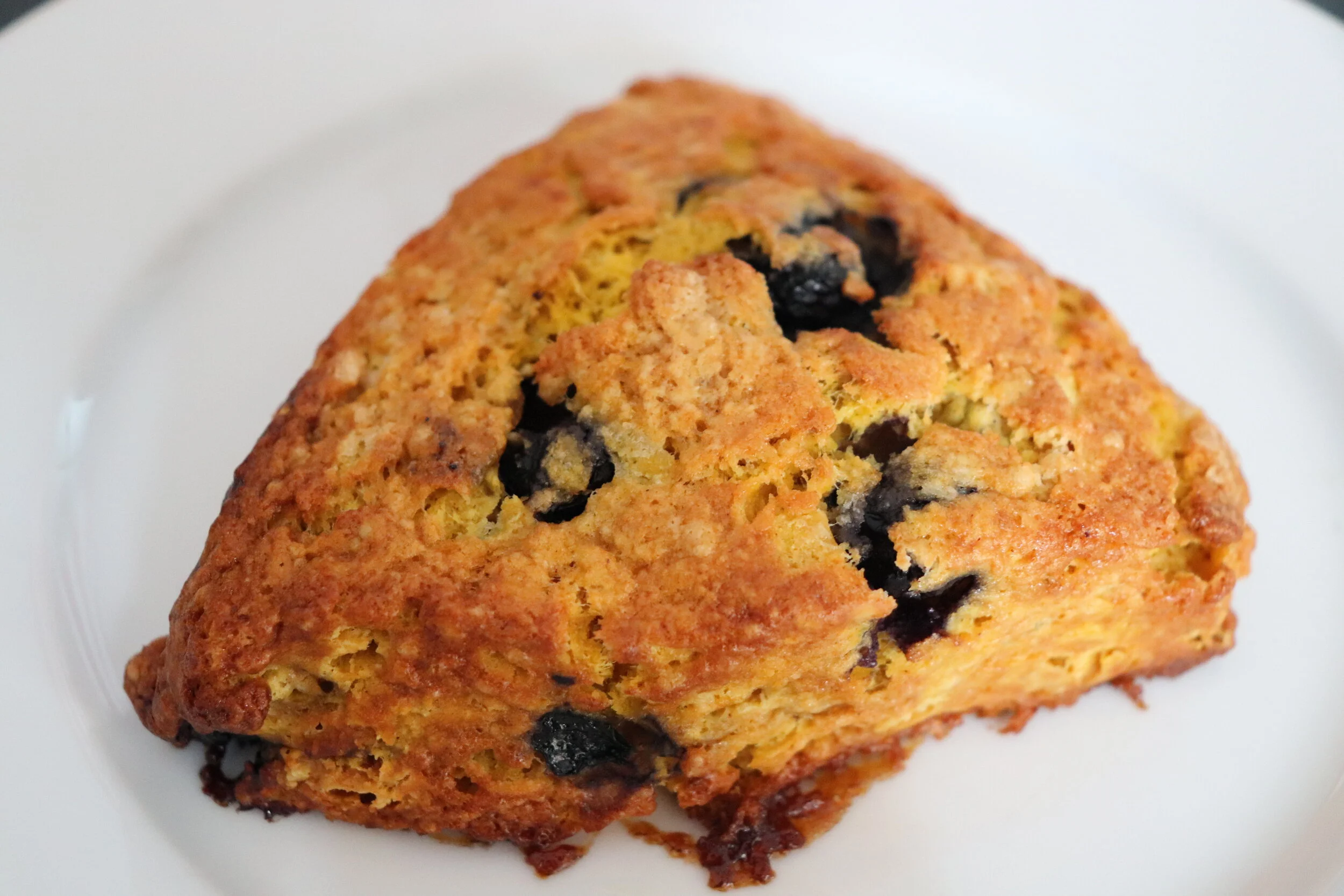Once My Hungry Boys was up and running, I recognized that reality is often different from expectations. I didn’t expect 40% of my audience to be international. Because I did not anticipate so many international readers, I had not included metric measurements in my recipes. To better serve my international readers, I’m still working to think in terms of metric, which has been long overdue as metric makes so much more sense than the ounces and pounds I grew up using. I’m thrilled with having an international audience, as I have always enjoyed meeting people different from myself and from different cultures. I have received such kind and supportive notes from such a wide variety of places written by people I would never have met without My Hungry Boys. In this case, reality exceeded expectations.
I understand that peanut butter, loved in the United States, is not equally enjoyed everywhere. As the global pandemic and the internet has taught us: We are all more alike than different, and more connected than we thought. Although peanut butter is expensive and difficult to find in many other countries, maybe it’s just a matter of time until peanut butter is readily available everywhere. Read more.




